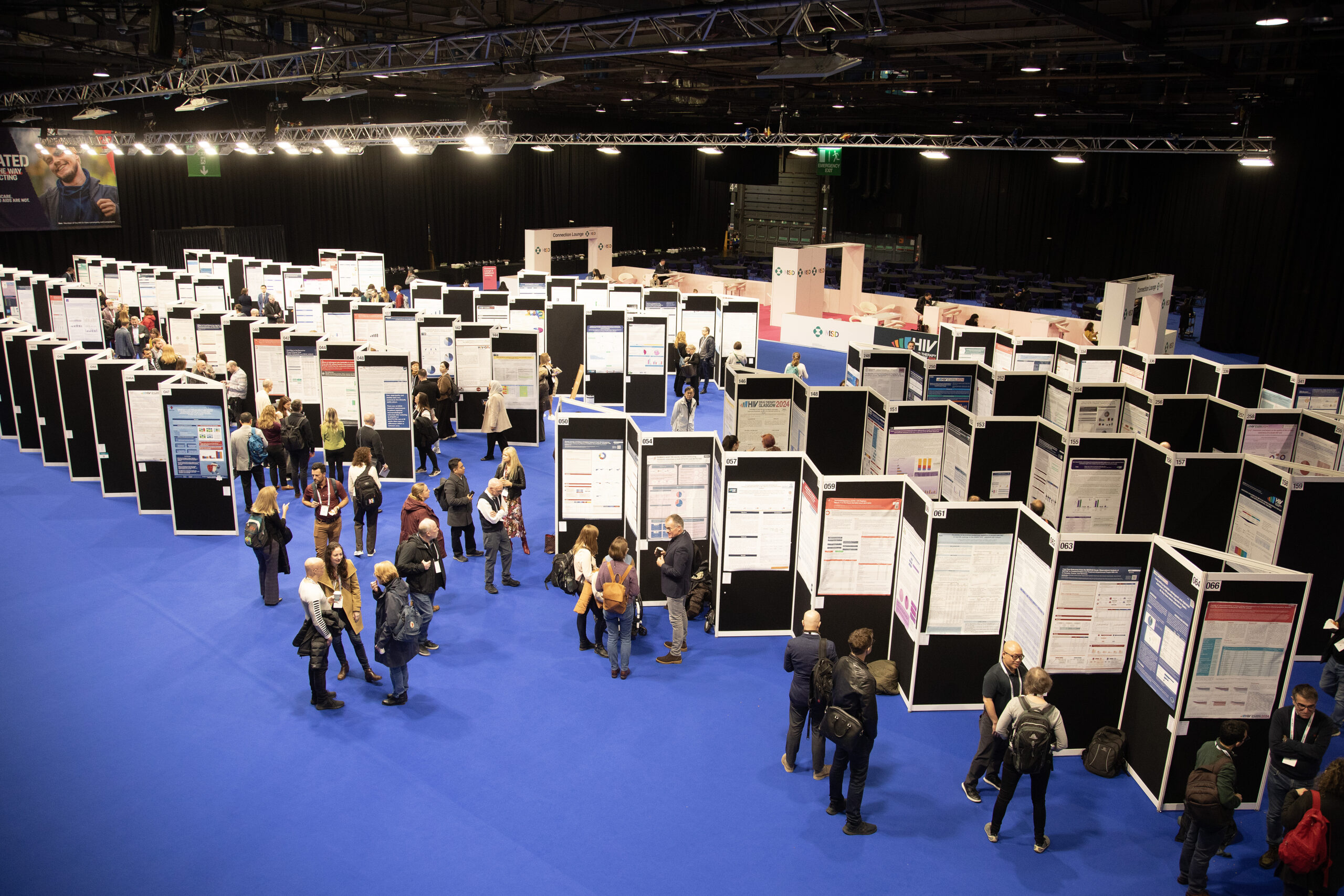Second woman possibly cured of HIV, Glasgow conference hears
Gus Cairns, reporting from HIV Glasgow, 25 November 2024
The first report of a possible new cure of HIV in someone who received a stem cell transplant for leukaemia was shown as a poster at the recent HIV Drug Therapy Glasgow congress. If this person’s HIV viral load continues to be undetectable, she will be the second woman and the seventh person to be cured of HIV by means of a transplant.
As with other such cases, a stem cell (‘bone marrow’) transplant is a hazardous procedure in itself, only used in cancers that do not respond to conventional therapy, and would never be used solely to cure HIV. Nonetheless, the woman concerned has so far maintained an undetectable viral load for a year since stopping all antiretroviral therapy (ART) in October 2023.
The person concerned is from France, was diagnosed with HIV in 1999 and is now in her 50s. Her case was presented to the conference by Dr Olivia Zaegel-Faucher from the Marseille Public Hospital and colleagues.
In February 2020, she was diagnosed with acute myeloid leukaemia. This meant she had a huge overproduction of white blood cells of the monocyte and neutrophil classes in the bone marrow and other lymphatic organs, to such extent that her spleen ruptured – a life-threatening event – and had to be removed in April 2020.
She was selected for a stem cell transplant and a donor was found who had both copies of the gene with the so-called delta-32 mutation. This means that T-cells lack the CCR5 co-receptor for HIV, and so confers near-total immunity to HIV infection. However, this donor was not closely compatible with the recipient, in that their HLA genes – the ones that distinguish between self and non-self – were not matched.
So as well as receiving a normal ‘conditioning’ regimen of drugs – which effectively wipe out the recipient’s cancerous bone-marrow cells – she also received extra chemotherapy drugs designed to prevent rejection of the donor’s cells in so-called Graft Versus Host Disease (GVHD), which can also be a serious condition.
She had the transplant of CCR5-negative donor cells in July 2020. Despite the GVHD prophylaxis, she did have a flare-up of it in October 2020, but this quickly resolved.
At the time of the transplant, her CD4 count was 250. She was taking tenofovir disoproxil, emtricitabine and raltegravir (she changed some time later to abacavir, lamivudine and raltegravir) and had an undetectable viral load (below 20 copies). HIV DNA in the white cells (lymphocytes) in her blood was also measured; it was 32 copies per million cells, which is a low, but not unusually low, amount.
After the transplant, tests found that she had a low level of CCR5 expression in her CD4 cells (4% of them were expressing CCR5 versus an average of 38%).
Because of her stem cell transplant she had regular monitoring. A graphic in the poster about the case shows that at first her CD4 and CD8 counts remained low, with CD4s in the 200-300 range. However, in the summer of 2021 her CD4 and CD8 counts suddenly jumped, in the case of CD4s to over 1000, and her CD4:CD8 ratio normalised. These events, while she continued to take ART, was not explained by the researchers, but was preceded and accompanied by a fading of antibody responses to HIV proteins on a western blot test, until the only strong response was to the HIV gp160 envelope protein.
Because of this she was offered an analytic treatment interruption (ATI) in October 2023. Alarmingly, one of the first things that happened after stopping ART was that she came down with pneumococcal meningitis, a disease for which she had refused vaccination, and which is not strongly related to immunodeficiency (unlike the cryptococcal variety).
She recovered from this, however, and since then, standard laboratory tests have not found any HIV RNA in her blood or DNA in her blood cells. Ultrasensitive viral load testing, however, found that she had a viral load of one copy per millilitre immediately before her ATI which has varied a little since then, but remained below two copies.
Whether this has any clinical significance, just represents residual viral proteins being produced by unviable DNA, or is evidence of a form of post-treatment control by the patient’s own immune system in place of antiretrovirals, is uncertain. In the western blot tests, even her response to gp160 has declined somewhat.
This patient has only been maintaining an undetectable (or virtually undetectable) viral load off treatment for a year. Before this, the shortest interval between ATI and case report was 14 months, in the case of the ‘New York Patient’ – who is the only other woman to possibly be cured of HIV with a stem cell transplant.
This case does have some puzzling aspects: what was the nature of the clinical event in 2021 that appeared to ‘reset’ her CD4 and CD8 counts? Did her bout of meningitis have any significance? And why, despite her receiving a transplant of cells lacking the CCR5 co-receptor, was there subsequently a significant display of CCR5 by her CD8 cells, but not her CD4s?
Regardless of whether this patient does maintain apparent viral control after a stem cell transplant, this case clearly has many interesting aspects. Each apparent HIV ‘cure’ or remission is different, and science can learn from each one.
Reference
Zaegel-Faucher O et al. Absence of viral rebound without antiretrovirals after CCR5Δ32/Δ32 allogeneic hematopoietic stem cell transplantation: A new case of a potential cure of HIV? HIV Glasgow 2024, abstract P206.
Congress delegates can view the poster here.
All abstracts from the congress are available here (open access).
Reporting from HIV Glasgow 2024 by Keith Alcorn, Gus Cairns and Roger Pebody has been financially supported by the Congress. The writers are editorially independent of the Congress and the presenting speakers.
Photo credit: Alan Donaldson Photography
